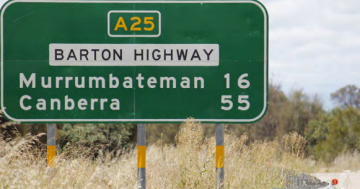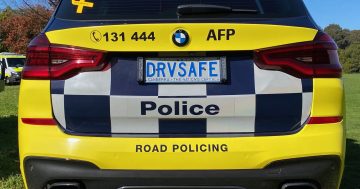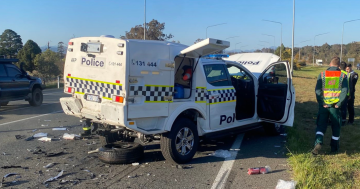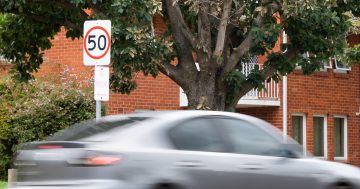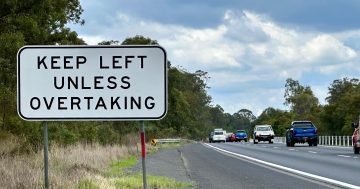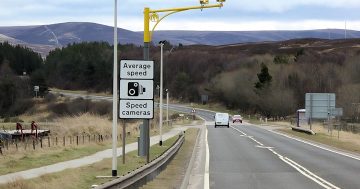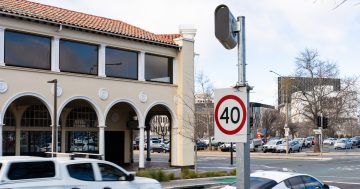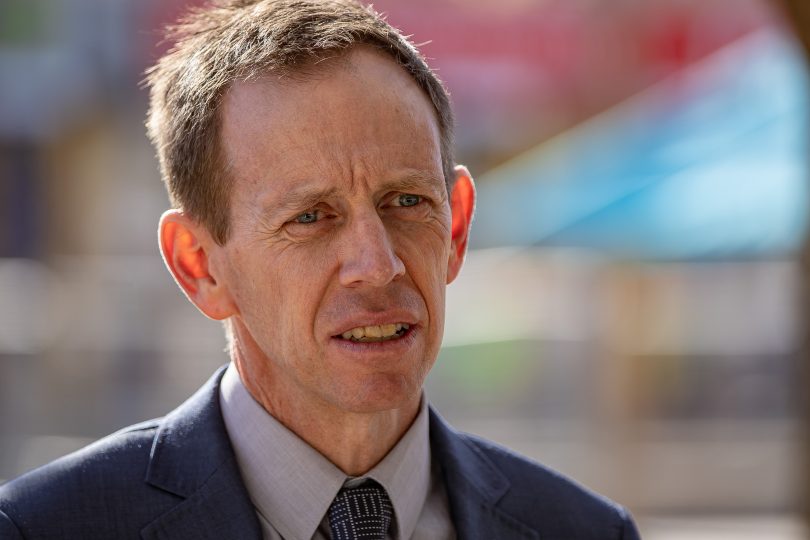
ACT Road Safety Minister Shane Rattenbury said the law is a simple one. Photo: File.
The ACT Government will stick with its road rule which commands drivers to slow down when passing emergency service vehicles on the side of the road, despite NSW adapting its laws to make it “safer for everyone”.
As of Thursday (26 September), motorists in NSW will only be required to slow down to 40 km/h when passing stationary emergency vehicles when the speed limit is less than 90 km/h.
On roads with speed limits over 90 km/h, drivers will need to slow to a speed which is “safe and reasonable for the circumstances” and give sufficient space between their vehicle and the emergency vehicle.
After completing a 12-month trial, which saw over 900 infringements issued, NSW Roads Minister Andrew Constance said the NSW Government made changes to its law to help avoid “unsafe practices like hard braking”.
“We’ve monitored the impact of the rule over the past year and taken on board feedback from the public and stakeholders about the trial,” Mr Constance said. “We are now implementing changes to make the rule safer for everyone.”
When asked if the ACT Government would consider implementing the same changes as NSW, Minister for Road Safety Shane Rattenbury said he will monitor the current road rules to see if they are having their intended impact.
“For our police and emergency services workers, this is their workspace and they have a right to feel safe in their working environment,” Mr Rattenbury said. “It’s a simple message – when you see flashing lights ahead, slow to 40 km/h to protect those who protect you.
“The ACT will continue to monitor developments in other jurisdictions and whether the rules as they currently operate in the ACT are having the intended impact and protecting our community.”
Drivers who fail to slow down to the required speed may face a penalty of two demerit points and a fine of $257.
An evaluation report of the NSW trial found that the 40 km/h limit around emergency vehicles increased the risk to drivers, particularly on high-speed roads and in the presence of heavy vehicles.
The report also said there were generally negative public perceptions of the trial rule and its implementation, with only seven per cent of analyzed comments positive about the trial.
Earlier this year, NRMA also called for a review into the law, stating that there needs to be a commonsense approach.
“It is really important that we take a commonsense approach to this policy, which means sensibly slowing down and allowing space to emergency services who are on the side of the road, but not in a way that puts your life at risk or others at risk,” NRMA spokesperson Peter Khoury said at the time.
“The whole purpose of this policy was to change behaviour and to make people aware of the risks. It doesn’t mean trying to get from 100 km/h to 40 in five metres because that is dangerous.
“Instead it means slowing down sensibly and giving people space.”












